Wibongsanseong County Park (위봉산성)
15.1Km 2024-10-21
Daeheung-ri, Wanju-gun, Jeonbuk-do
+82-63-240-4224
Wibongsanseong County Park is located north of Jeonju, past Songgwangsa Temple through a tunnel of cherry trees. The park has some noteworthy sightseeing attractions such as Wibongpokpo Falls, Wibongsa Temple, and Dongsang Reservoir. Winbongsanseong County Park was founded at the site of Winbongsanseong Fortress, which was built under King Sukjong's rule in 1675 as a refuge site to safekeep the portrait of Joeson dynasty's founder King Taejo and the royal family's ancestral tablet in times of war or other national emergency. They are originally enshrined in Gyeonggijeon Shrine and Jogyeongmyo Shrine, and when Jeonju had fallen during the Donghak Peasant Revolution, the portrait and tablet were moved to a small palace inside the fortress. The original fortress walls were 16 kilometers in circumference with three gates in the north, east, and west, but only a half-moon shaped western gate remains standing today.
Daeseung Hanji Village & Hanok Traditional Culture Experience Center (대승한지마을한옥전통문화체험관)
15.7Km 2024-08-05
18-4 , Bogeom-gil, Wanju-gun, Jeonbuk-do
+82-63-242-1001
Daeseung Hanji Village in Wanju-gun, Jeollabuk-do, is where the famous Goryeoji (‘Goryeo Paper’) was first made in Goryeo 1,000 years ago. All guestrooms in the village are equipped with toilets, AC and water purifiers, plus pillows made of Korean paper and comfortable blankets. The dining hall kitchen can be used by guests, there is a large (60 sq metre) seminar room, and a yard where traditional games such as Geunae (swing) and Tuho (arrows) are played. The village runs a Hanji Experience Center, where you can learn about hanji history, manufacture and calligraphy.
Wibongsa Temple - Wanju (위봉사 (완주))
15.8Km 2024-04-07
53, Wibong-gil, Wanju-gun, Jeonbuk-do
+82-63-243-7657
Wibongsa Temple is located past Mujigaemun Gate (Rainbow Gate) and Wibong Village and is a major temple in the Honam region that once oversaw 52 branch temples. Said to be built by Monk Seoam in 604 (the 5th year of King Mu of Baekje), the surviving buildings date back to the Joseon Era. Today, only Bogwangmyeongjeon Hall (Treasure No. 608), Yosa (Provincial Cultural Asset No. 698), and Samseonggak remain. The Baeguigwaneumbosal wall painting in particular is the pride of the temple.
Wibongpokpo Falls (위봉폭포)
16.0Km 2024-04-07
Daeheung-ri, Wanju-gun, Jeonbuk-do
+82-63-290-3930
Located in the eastern section of Wibongsanseong Fortress, Wibongpokpo Falls is a two-tiered waterfall measuring 60 meters high. The strangely-shaped rocks and thick groves of trees that border the cascading falls make for such a magical scene that it comes as no surprise that the waterfall has long since been counted as one of the Eight Scenic Sights of Wansan. Attractions located nearby include a battlefield from the Imjin War (1592-1598), Songgwangsa Temple, Dongsang Reservoir, Daea Reservoir, and Hwasim Hot Springs.
Gimje Munsusa Temple (문수사(김제))
17.5Km 2024-04-07
158, Hwangsan 5-gil, Gimje-si, Jeonbuk-do
+82-63-547-0972
Munsusa Temple, located in Hwangsan-dong, Gimje, is a branch temple of Geumsansa Temple. The temple is located in the heart of nature atop Bonghwangsan Mountain (alt. 100 meters), which is surrounded by the seemingly endless Mangyeong Plains. The temple was built by the great monk Hyedeok Seonsa in the 25th year of King Mu of Baekje after he was visited in his dreams by Munsu Bosal (a Buddhist Saint). The temple was named ‘Munsu’ after ‘Munsugol,’ the original name of the neighborhood in which the temple is located.
In front of the temple stands an ancient zelkova tree whose giant girth measures well over 5 meters. The tree, which is called gwimok (meaning holy, miraculous tree), was recently designated a specially protected tree and is now the focus of preservation efforts. Every January 14th (according to the lunar calendar), local lovernment of Gimje holds a sacred ritual for the tree while the temple holds a ritual to honor the mountain spirit.
Archaeological Site in Wanggung-ri [UNESCO World Heritage] (익산 왕궁리유적 [유네스코 세계문화유산])
18.2Km 2024-04-07
666, Gungseong-ro, Iksan-si, Jeonbuk-do
+82-63-859-4631
Archaeological Site in Wanggung-ri, designated as Historic Site No. 408 on September 17, 1998, has a surface area of 216,862 square meters. The site has various structures and artifacts from Baekje dynasty to unified Silla period. Artifacts were found within the rectangular-shaped fortress site that surrounds Wanggungri Five-story Stone Pagoda, National Treasure No. 289.
Samcheok Cheokjudonghaebi & Pyeongsutochanbi Monuments (삼척 척주동해비 및 평수토찬비)
18.4Km 2023-04-18
13-7, Heomok-gil, Samcheok-si, Gangwon-do
+82-33-859-5708
Erected by Heo Mok, the governor of Samcheok during the second year of King Hyeonjeong's reign (1661), Cheokjudonghaebi Monument is 170 centimeters tall. It was originally built to protect the village on Mallido Island that had been frequently inundated by heavy rain and rough waves. It is believed that the mystical inscription, penned by Heo Mok, on the monument calmed the rough sea waves. Today, the monument stands to prove the wisdom and distinguished penmanship of the former Samcheok City Governor.
Pyeongsutochan-bi Monument is 145 centimeters tall. It was erected by Heo Mok's successor and former governor of Samcheok, Jung Un-cheol, in reverence for his wise forebear. The monument contains
48 ancient Chinese characters that describe many achievements of Heo Mok.
Wanggung Five-story Stone Pagoda (익산 왕궁리 오층석탑)
18.4Km 2024-04-07
San 80-1, Wanggung-ri, Wanggung-myeon, Iksan-si, Jeonbuk-do
+82-63-859-5708
The Wanggung Five-story Stone Pagoda is located on a hill about 2 kilometers south of Wanggung-myeon in Iksan, which is believed to have been the capital of the nation during the Mahan Era. The pagoda stands tall at 8.5 meters and was officially designated as a National Treasure. Relics from the Goryeo dynasty that were found inside the pagoda were designated as a National Treasure and are currently housed in the National Museum of Korea. Of the excavated relics, the most famous; the Sarijangeomgu, a magnificent container of Buddha’s Sarira; the green glass Sarira bottle topped with a lotus-shaped stopper; and the Sungeumgeumganggyeongpan, which contains the 19 golden plates of the Diamond Sutra.
Café Deoki (카페 덕기)
18.5Km 2024-04-07
104 Deokgi 1-gil, Iksan-si, Jeonbuk-do
Café Deoki is a large-scale cafe that opened in 2022. It is well-known for its banana greenhouse, which houses over 100 trees, and also cultivates tangerine trees. Their signature menu items include tangerine juice and banana pudding made from crops grown on-site. The café, known for its exotic banana greenhouse and the entire ambiance, is famous as a photo spot.
Wanggung Dawon (왕궁다원)
18.6Km 2024-04-07
21-5 Sagok-gil, Wanggung-myeon, Iksan-si, Jeonbuk-do
Wanggung Dawon is a hanok café built in the 1800s. It was once the residence of Song Byungwoo, a rich person in the region, and has been operating as a traditional tea house since 2008, preserving the charm of the old hanok. The café offers a wide variety of teas, with the signature menu item being ssanghwatang (herbal tonic tea), a traditional Korean beverage. Ssanghwatang is made with ingredients such as jujube, ginseng, and chestnuts, known for its warming properties.
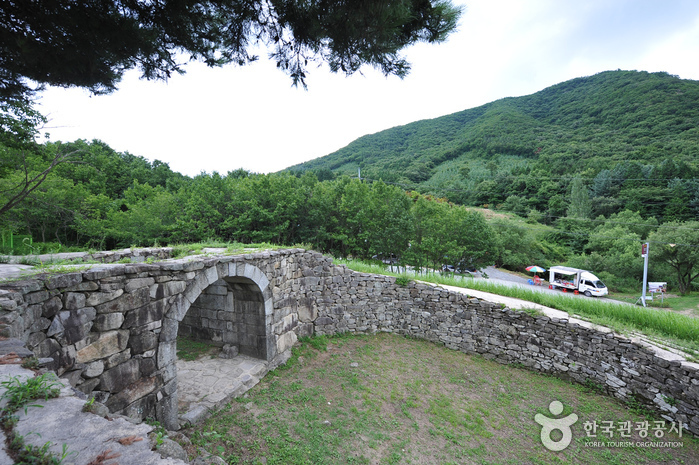
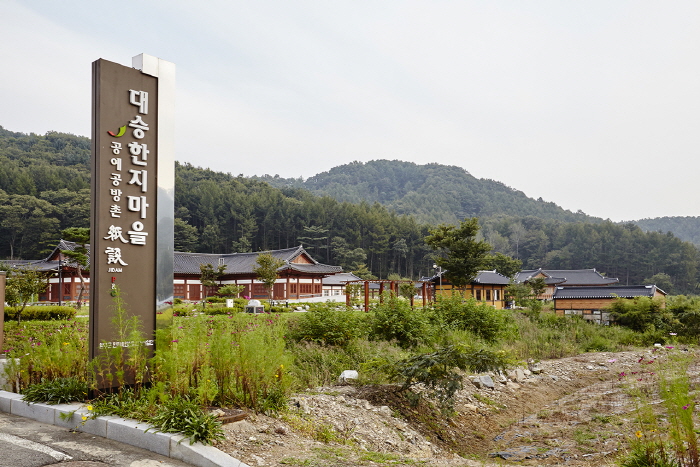
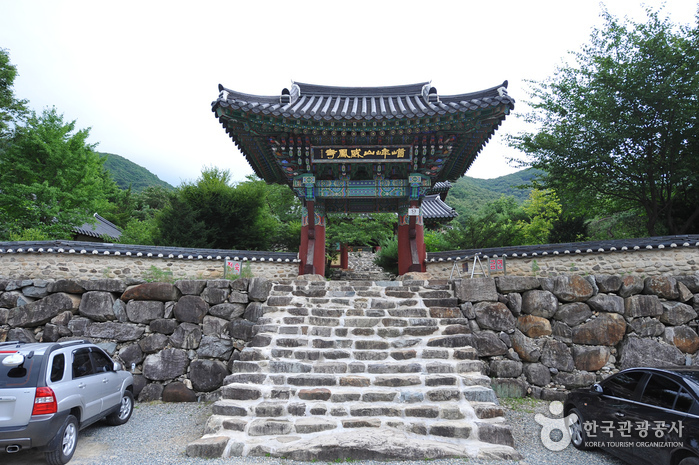
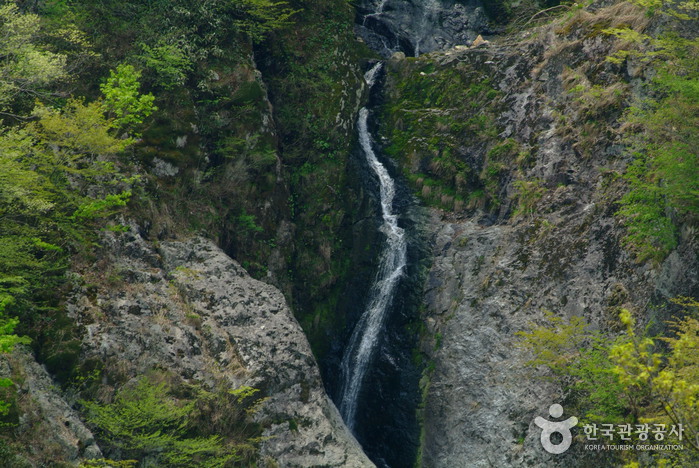

![Archaeological Site in Wanggung-ri [UNESCO World Heritage] (익산 왕궁리유적 [유네스코 세계문화유산])](http://tong.visitkorea.or.kr/cms/resource/97/2514197_image2_1.jpg)
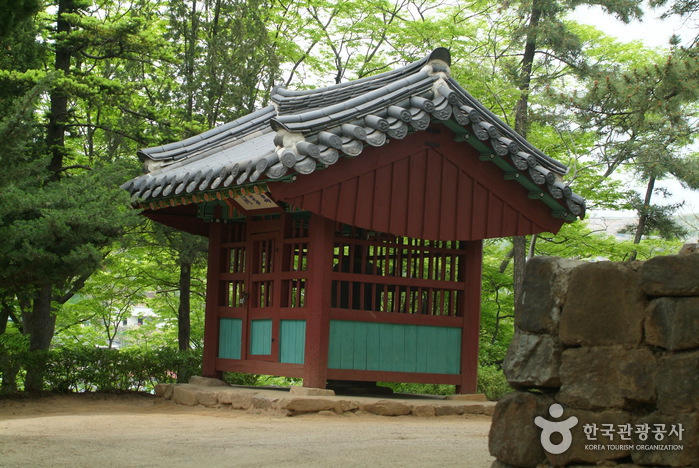
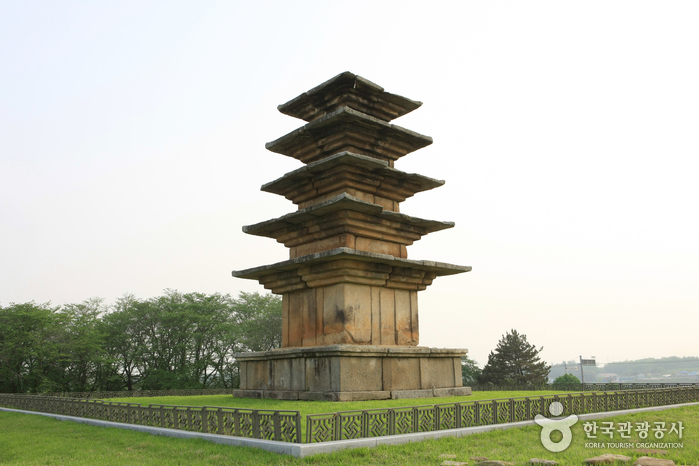
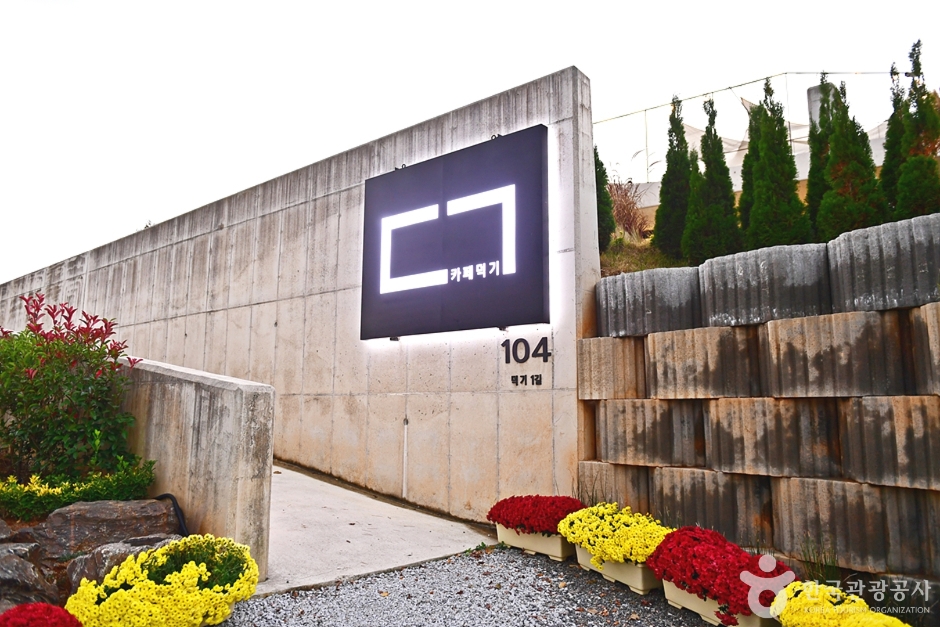
 English
English
 한국어
한국어 日本語
日本語 中文(简体)
中文(简体) Deutsch
Deutsch Français
Français Español
Español Русский
Русский